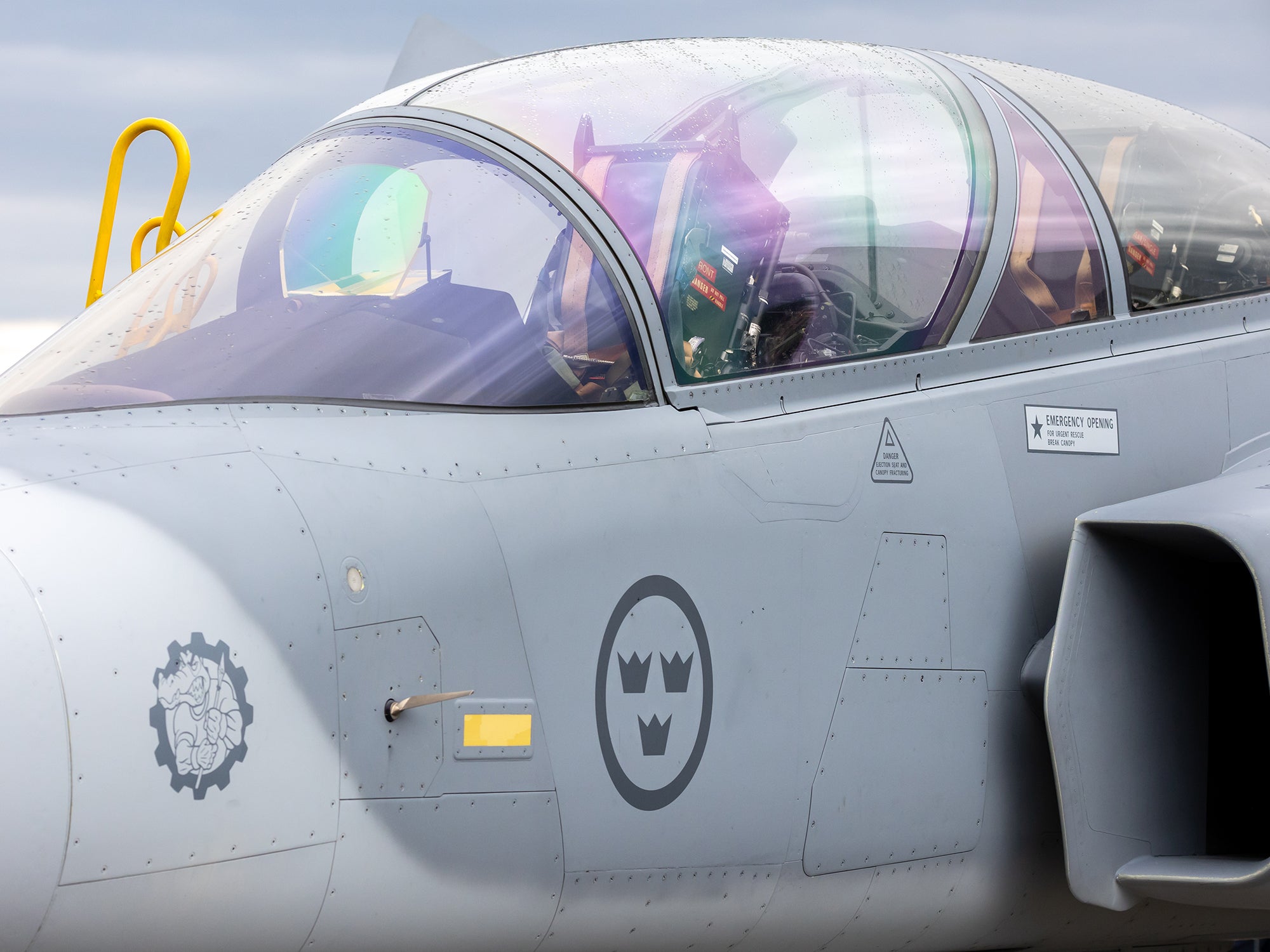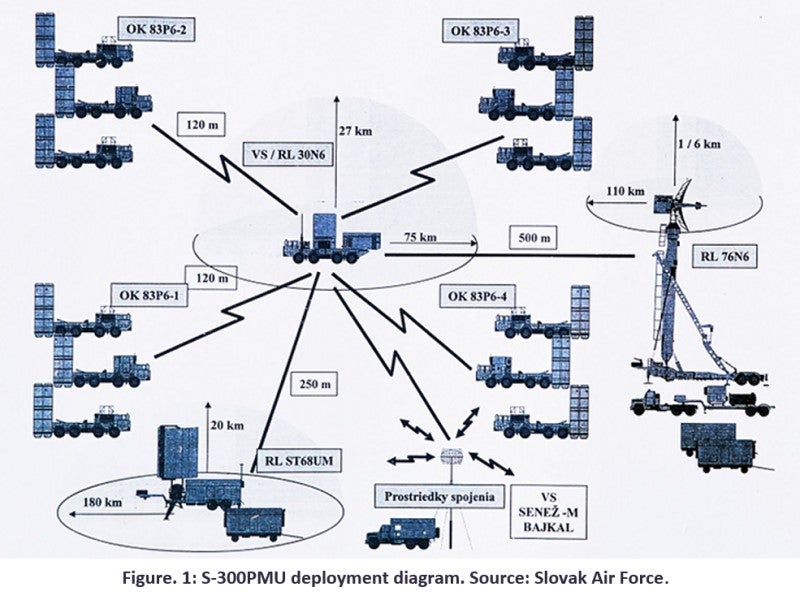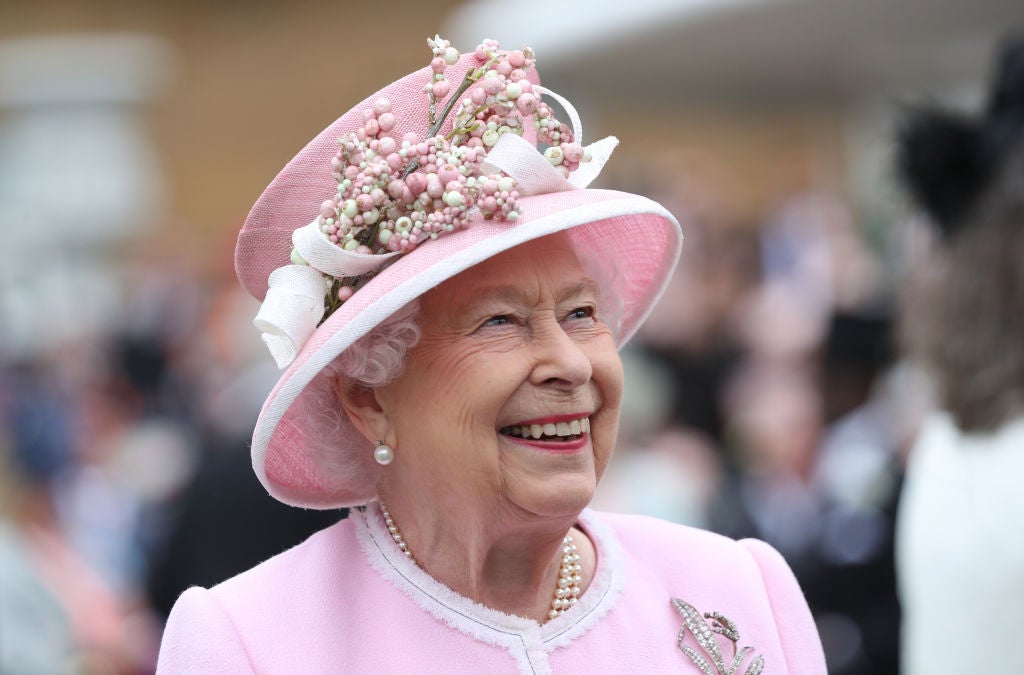
On 18 May 2022, in the wake of Russia’s invasion of Ukraine, both Sweden and Finland simultaneously submitted applications to join the North Atlantic Treaty Organisation (NATO). The move has been regarded as a major geopolitical blow for President Putin’s Russia, with NATO’s presence at their borders now stretching from the Arctic north to the Black Sea.
Sweden also maintains a sophisticated and capable domestic defense industry, spanning land, naval, and air domains. Empowered by its fleet of nearly 100 Gripen JAS 39 jets, the Swedish Air Force could be adjudged as one of the more capable in Europe. The Gripen’s relatively low maintenance requirements and short take-off and landing capabilities render them a useful asset on NATO’s northern borders. However, there is a rumbling dispute within Sweden’s Armed Forces which will require immediate action to allow Sweden to adequately function within the alliance.
In August 2022, it was reported that around half of Sweden’s fighter pilots were set to quit or to go on extended leave due to longstanding perceptions of inadequate compensation, especially in comparison to roles available in the private sector. Of the approximately 100 active fighter pilots serving in the Swedish Air Force, around 40 have taken leaves of absence. The dispute has led the readiness of the Swedish Air Force being eroded not by lack of equipment or facilities, but by insufficient staffing levels.
The dispute finds its roots in the years immediately following the end of the Cold War, when Sweden took advantage of the new, more peaceful global geopolitical landscape to significantly cut defence spending from approximately 3% of GDP in 1990 to 0.9% in 2015. This cut led to stagnation in pilot compensation, with wages falling significantly behind those available in the private sector. The head of the air force has recognised the issue, and a budget of 600 million Swedish Krona($56.5m) has been allocated to address the issue. However, pilots have dismissed this action, arguing that it is wholly inadequate to remedy the situation.
This response reveals another factor exacerbating the current crisis; the legacy of distrust between pilots and air force leadership. This again stems from defence cuts following the Cold War and is linked to the way in which Swedish Air Force pilots are compensated. Swedish pilots do not receive any housing allowance, and so the full financial burden of property and asset management when a unit is relocated falls squarely on individual pilots and their families.
As defence spending was decreased in the final years of the 20th century, the Swedish Air Force announced a series of base closures, forcing pilots and air force service members to move on at their own expense. These actions gave rise to a sense of aggrievement on the part of air force personnel which has persisted to the current day and have contributed to an adversarial sentiment between pilots and leadership. Developments such as the 2016 retirement package renegotiation perpetuate these sentiments. This package raised the retirement age of air force pilots overnight. Those born in 1988 or earlier would now be required to remain in administration and office-based roles until the age of 67 rather than retire at 55. The legacy of low defence spending continues to impact the Swedish Air Force, and a long-term increase in defence spending is required to ameliorate the situation.
However, it could be argued that in the short term, increased defence spending could exacerbate the situation rather than remedy it. Sweden’s defence budget has steadily risen over the last several years, in recognition of Russia’s persistent bellicosity in Eastern Europe , and GlobalData forecasts that spending will rise from $8.5 billion in 2022 to $12.6 billion in 2027.
Following the general election in September 2022, incumbent Prime Minister Andersson resigned after narrowly losing the vote to a bloc of right-wing parties. Whilst the power-sharing arrangement between these parties is yet to arranged, all parties are committed to accelerating defense spending, with the Liberals targeting the 2% of GDP goal by 2024, and the Christian Democrats and Moderates targeting 2025. The Sweden Democrats meanwhile want a minimum defense spend of 2.5% of GDP, whilst arguing for a constitutionally enshrined 2% level. Whilst this increase in defence spending, if sustained, will likely be reflected in the compensation packages of Air Force personnel, in the short term there are targets for funding which could aggravate relations.
As Sweden ramps up defence spending and activity in line with NATO benchmarks, it is likely that new bases will be constructed, and mothballed facilities reopened. For example, following a 17-year closure, F16 Upplands Flygflotttilj in Uppsala is undergoing work to become fully operational in 2025. Whilst this will increase the readiness of the Swedish Air Force, its implications for individual Swedish pilots are less positive.
These pilots again face the prospect of being relocated from rural bases to the more urban Uppsala area where property prices are higher, relocating their families without adequate support from the government. In absence of further support from the government, opening new bases with the increased defence budget could lead to further degradation of morale within the Swedish Air Force.





